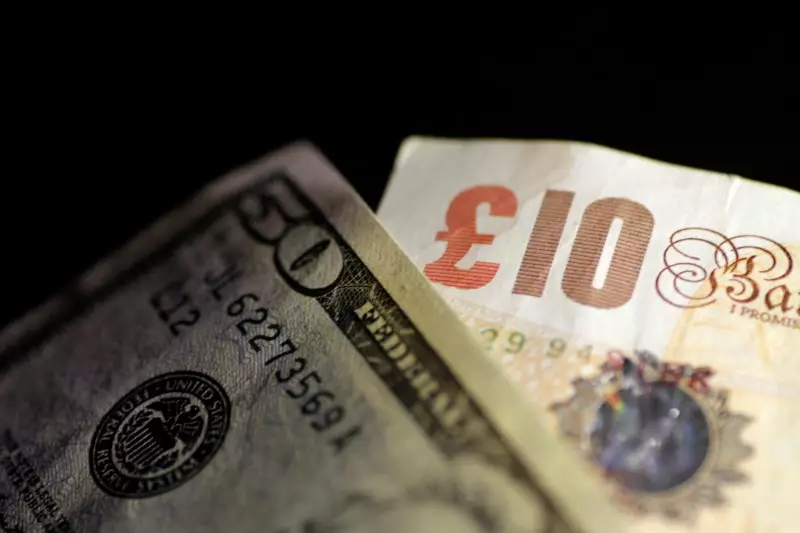Analyzing Shifting Currency Dynamics Amid Central Bank Policy Changes

The current landscape of foreign exchange markets has been stirred by significant policy shifts from leading central banks, particularly in the United States and Europe. The U.S. dollar, which has recently been on a downward trajectory, is showing signs of recovery following the Federal Reserve’s substantial interest rate cut. This article will explore the implications of these adjustments for the dollar and other currencies, focusing on the impacts of U.S. monetary policy decisions, the ongoing strength of the British pound, and the European Central Bank’s (ECB) stance.
On Wednesday, the Federal Reserve made headlines by cutting interest rates by 50 basis points, marking its first reduction since March 2020. This aggressive move was characterized by Federal Reserve Chair Jerome Powell as a response to a balance of risks between inflation and labor market weakness. While the decision has provided some relief to the dollar, it remains to be seen whether this uptick is sustainable. The Dollar Index, which measures the dollar’s worth against a selection of other major currencies, saw a modest rise to 100.410, indicating a potential stabilization after hitting its lowest point in over a year.
Powell’s remarks have prompted speculation about the Fed’s long-term strategy. He made it clear that the central bank does not intend to revert to the ultra-low rates experienced during the pandemic, suggesting a “neutral rate” that could establish higher baseline interest rates going forward. However, this dovish monetary policy could hinder the dollar’s recovery. Analysts continue to express skepticism regarding the dollar’s strength as they question whether the Fed can consistently maintain a tough posture on inflation while being responsive to market pressures.
Amid fluctuating dollar performance, the British pound has demonstrated notable strength, recording an increase to 1.3253 against the dollar. Analysts expect this momentum to persist as the Bank of England prepares for its policy meeting. The bank is anticipated to keep its key interest rate stable at 5% following the easing phase that began with a modest 25 basis points cut in August. Despite worries surrounding inflation, particularly with consumer prices rising to 2.2% annually, the situation appears to be stable enough for the Bank of England to maintain its current stance.
The strength of the pound illustrates the complexity of inflation dynamics in the UK. While consumer inflation is somewhat under control, services inflation is alarming at 5.6%. This divergence underlines the challenges faced by the Bank of England in formulating effective monetary policy. A failure to address these inflationary pressures sufficiently could prompt the central bank to act more decisively in the future, which could reshape the currency landscape further.
In the Eurozone, the European Central Bank’s recent actions have also attracted attention. Following its second rate cut of the year, the euro has responded positively, trading at 1.1149 against the dollar. However, there remains uncertainty regarding the timing of any future moves from the ECB. Inflation within the region has shown signs of easing, falling to 2.2% in August, but expectations loom that it may increase again as the year progresses. Bundesbank President Joachim Nagel’s comments underscore a cautious approach, implying that rates need to remain elevated until price pressures are fully alleviated.
The mixed signals from the ECB may lead to fluctuating confidence in the euro in the coming months. As inflation expectations shift, traders are likely to adopt strategic positions in anticipation of the central bank’s next decisions. In this context, the euro’s ascent may be more tempered compared to the gains seen in the pound.
The interplay of monetary policy shifts from the Fed, the Bank of England, and the European Central Bank presents a complex tapestry affecting currency valuations globally. As central banks attempt to navigate inflation alongside economic stability, the U.S. dollar faces an uphill battle due to the implications of its recent rate cut. Meanwhile, both the British pound and euro are positioned differently amid their respective central banks’ policies, reflecting varied responses to ongoing economic challenges. The coming weeks and months will be crucial for investors looking to capitalize on the evolving dynamics in the foreign exchange markets as they brace for further revelations surrounding global economic health and policy responsiveness.





